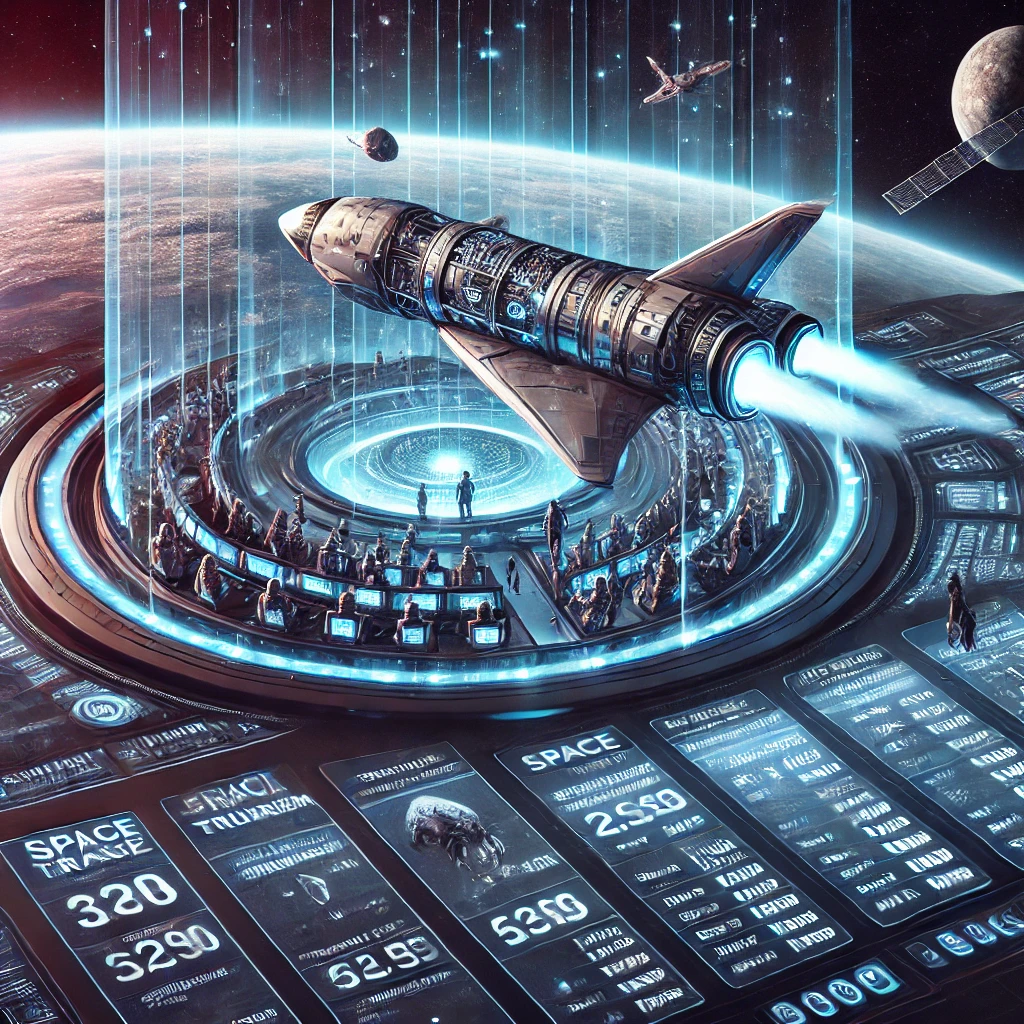How much does space tourism cost?
Article Source: Emerald Insight

Why You Should Care
Space tourism is no longer a dream—it's becoming a reality. Understanding the costs involved is crucial for anyone interested in the future of space travel, whether for leisure, research, or investment opportunities. The more we know about the price of space tourism, the closer we are to making it accessible to more people.
Answering the Question… How Much Does Space Tourism Cost?
From a researcher's perspective, the cost of space tourism is substantial. Early estimates show that a ticket to space can range from $250,000 to $500,000, depending on the provider and the experience. These prices reflect the enormous technological and logistical challenges of launching humans into space, as well as the need for safety and comfort during the journey.
How Was the Study Done?
Researchers analyzed the emerging market for space tourism by reviewing the offerings from companies like Virgin Galactic, Blue Origin, and SpaceX. The study included a cost breakdown of different space tourism packages, factoring in vehicle development, fuel costs, and the infrastructure needed to support commercial spaceflights.
What Was Discovered?
- Ticket Prices: Space tourism tickets can range from $250,000 to $500,000. For instance, Virgin Galactic is charging $250,000 for a seat on its suborbital flights, while SpaceX’s proposed lunar missions might cost closer to $500,000 per passenger.
- Market Growth: The space tourism industry is anticipated to grow into a multi-billion-dollar market by 2030, with projections suggesting that the industry could be worth over $20 billion annually within the next decade.
- Cost Drivers: Several factors contribute to the high costs of space tourism, including the development of cutting-edge spacecraft, the enormous fuel expenses for each launch, stringent safety protocols, and insurance costs. It’s estimated that each launch could require up to $10 million in fuel alone.
- Customer Base: The early adopters of space tourism are predominantly high-net-worth individuals. As of now, approximately 700 people have already paid deposits to fly with Virgin Galactic, indicating a strong interest among wealthy individuals.
- Infrastructure Investment: Significant investments in infrastructure, such as spaceports and training facilities, are necessary to support the growing demand for space tourism. The development of these facilities could require billions of dollars in capital.
- Future Cost Reductions: The study suggests that as more companies enter the space tourism market and technologies advance, the costs could decrease by as much as 50% over the next two decades. This could make space tourism accessible to a broader range of customers, potentially reducing the ticket price to around $125,000 for suborbital flights.
Why Does It Matter?
Understanding the costs of space tourism helps gauge the potential for this new industry. While currently expensive, the long-term prospects suggest that space travel could become more affordable, paving the way for broader participation and new opportunities in space exploration, research, and even leisure.
Link to full article: Emerald Insight
